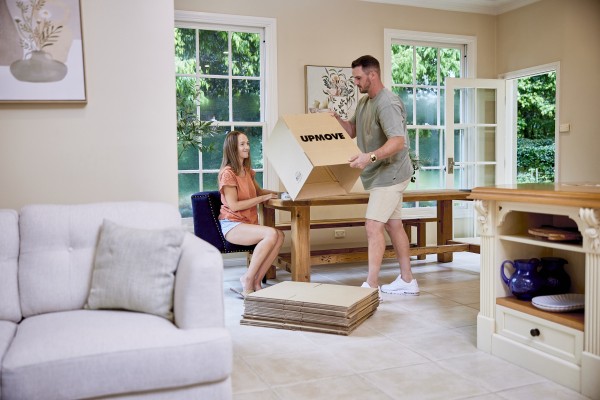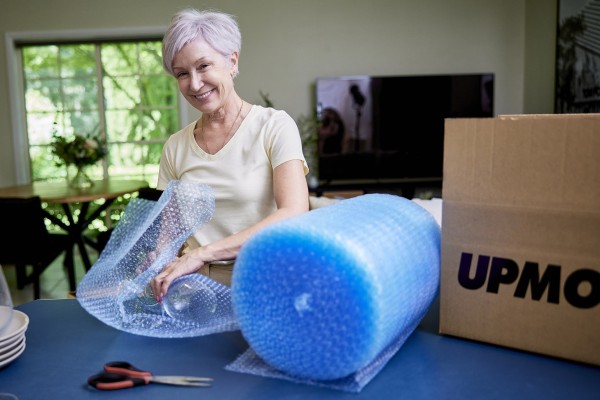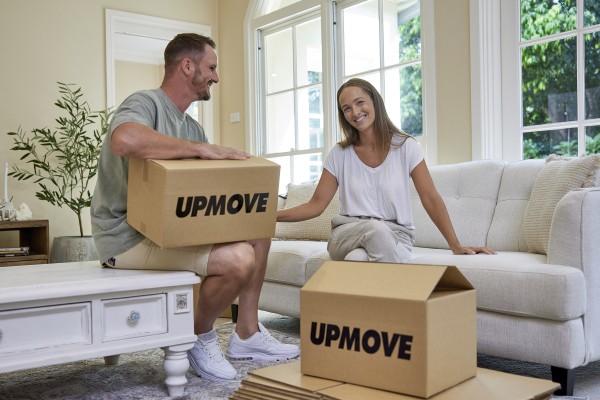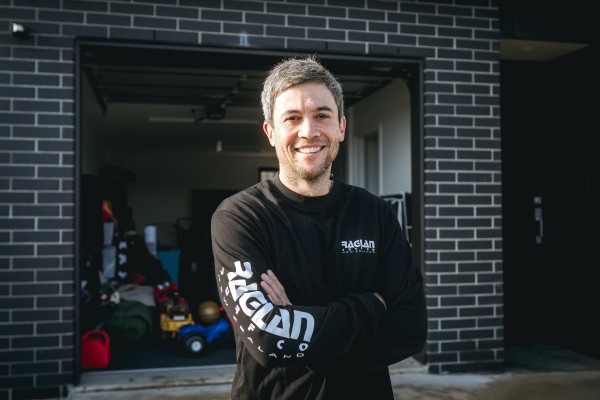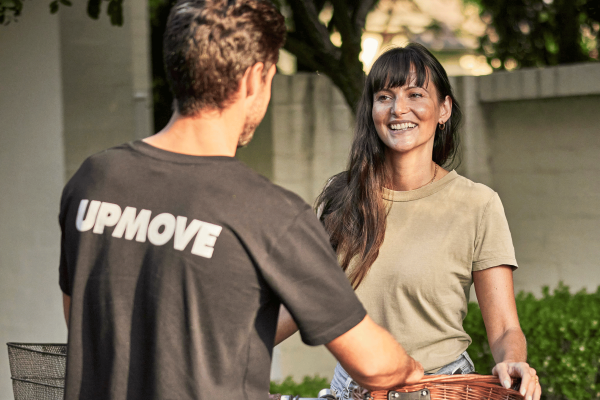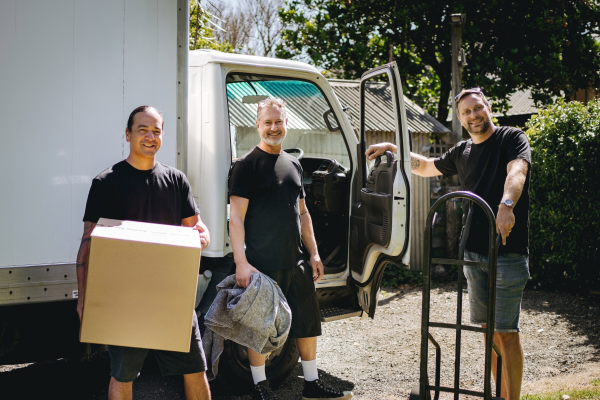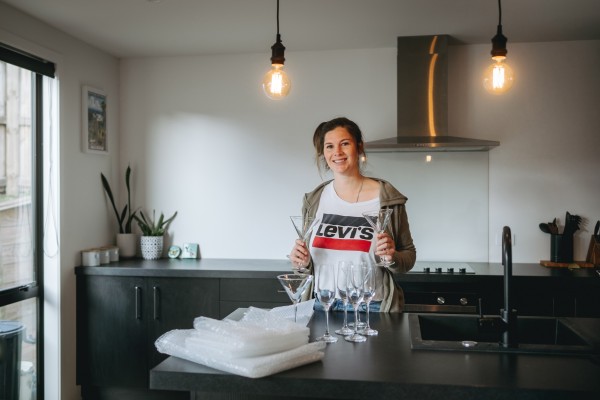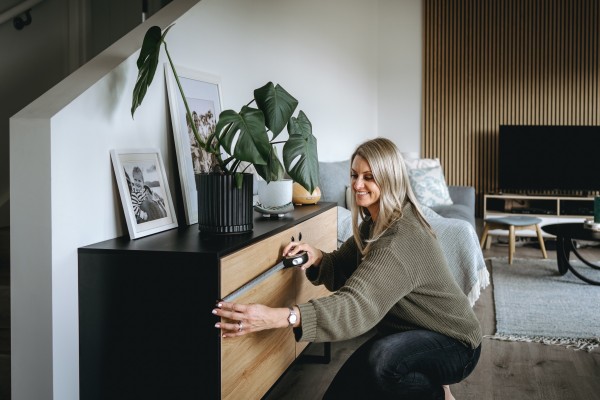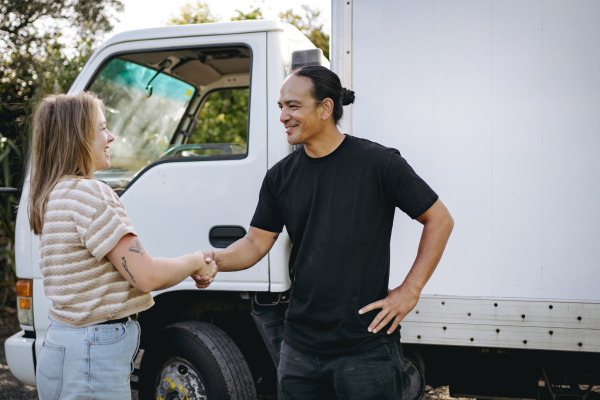Moving bags vs moving boxes - what to use and when

Packing up your home can feel like a real life game of Tetris. While throwing every item you own into any old box bag or container might be tempting, it will only make your life harder and more chaotic when you come to unpack. If you’re not sure how much stuff you’ve got, this quick guide to our volume calculator can help you avoid under- or over-packing.
Let's dive into whether moving bags or boxes are the best way to pack up.
While cardboard boxes have long been the classic choice, moving bags are becoming a serious contender—and for good reason. They’re tough, flexible, and surprisingly handy in situations where boxes just don’t cut it.
In this guide, we’ll walk you through the pros and cons of each, how to use them best, and which items are better suited to bags vs boxes. Whether you’re tackling a full house move, shifting out of a sharehouse, or just moving stuff into storage, this article has you covered.
What are moving bags and why are they becoming so popular?
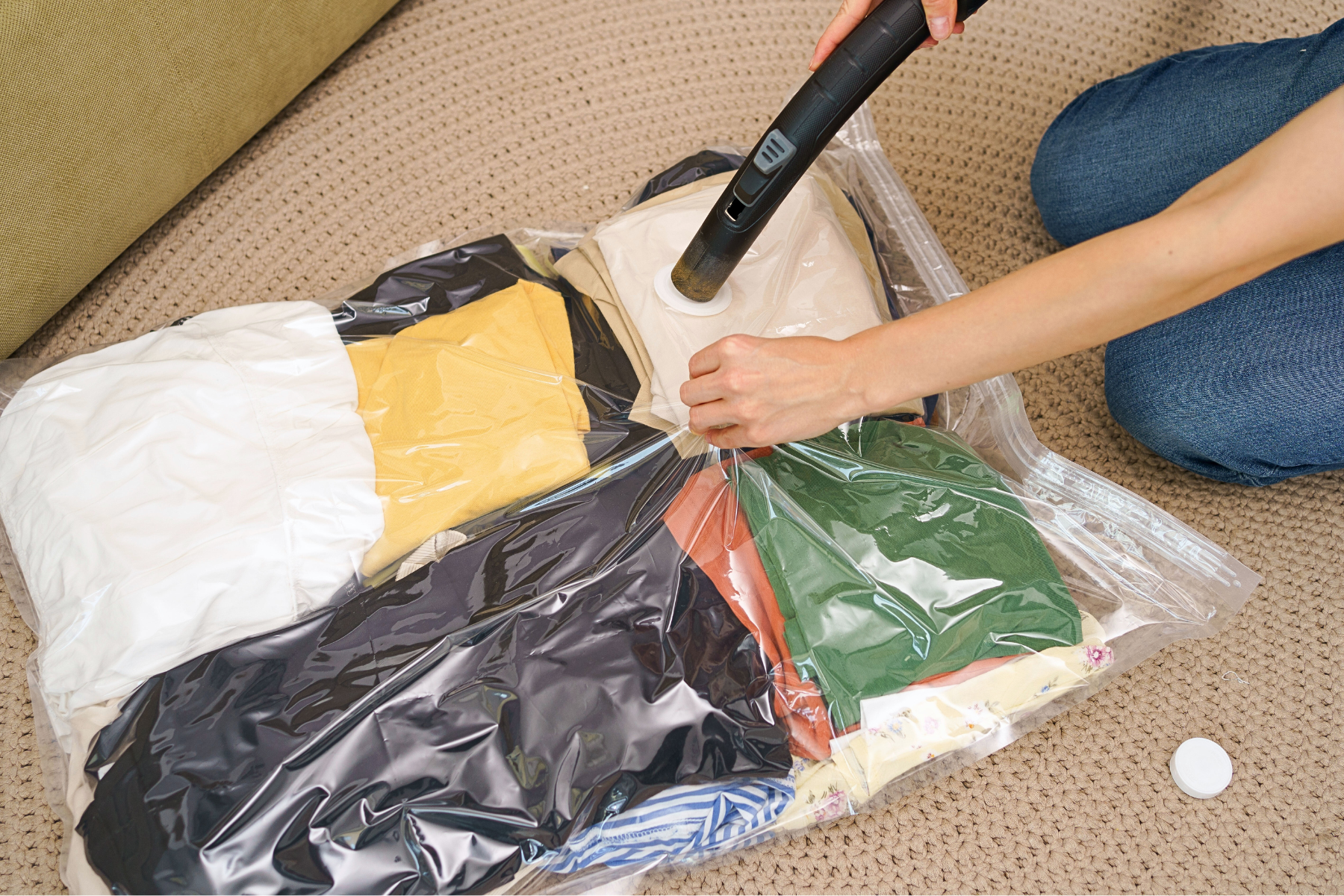
Moving bags—sometimes called storage bags, heavy-duty zip bags or IKEA-style bags - are large, durable, zip-up bags made from woven polypropylene or thick plastic. They often have reinforced handles and a surprising amount of space, and many are waterproof or water-resistant.
They’re popular for a few key reasons:
- Reusable: Unlike cardboard boxes, these bags can be folded up and reused again and again.
- Flexible shape: You can squash them into car boots, corners and awkward spots that boxes can’t manage.
- Lighter to carry: Bags tend to weigh less than bulky boxes, which makes them easier to manage when full.
- Great for soft stuff: Think clothes, bedding, towels and soft toys - they all fit easily without needing bubble wrap or paper.
When moving boxes are still the preferred option
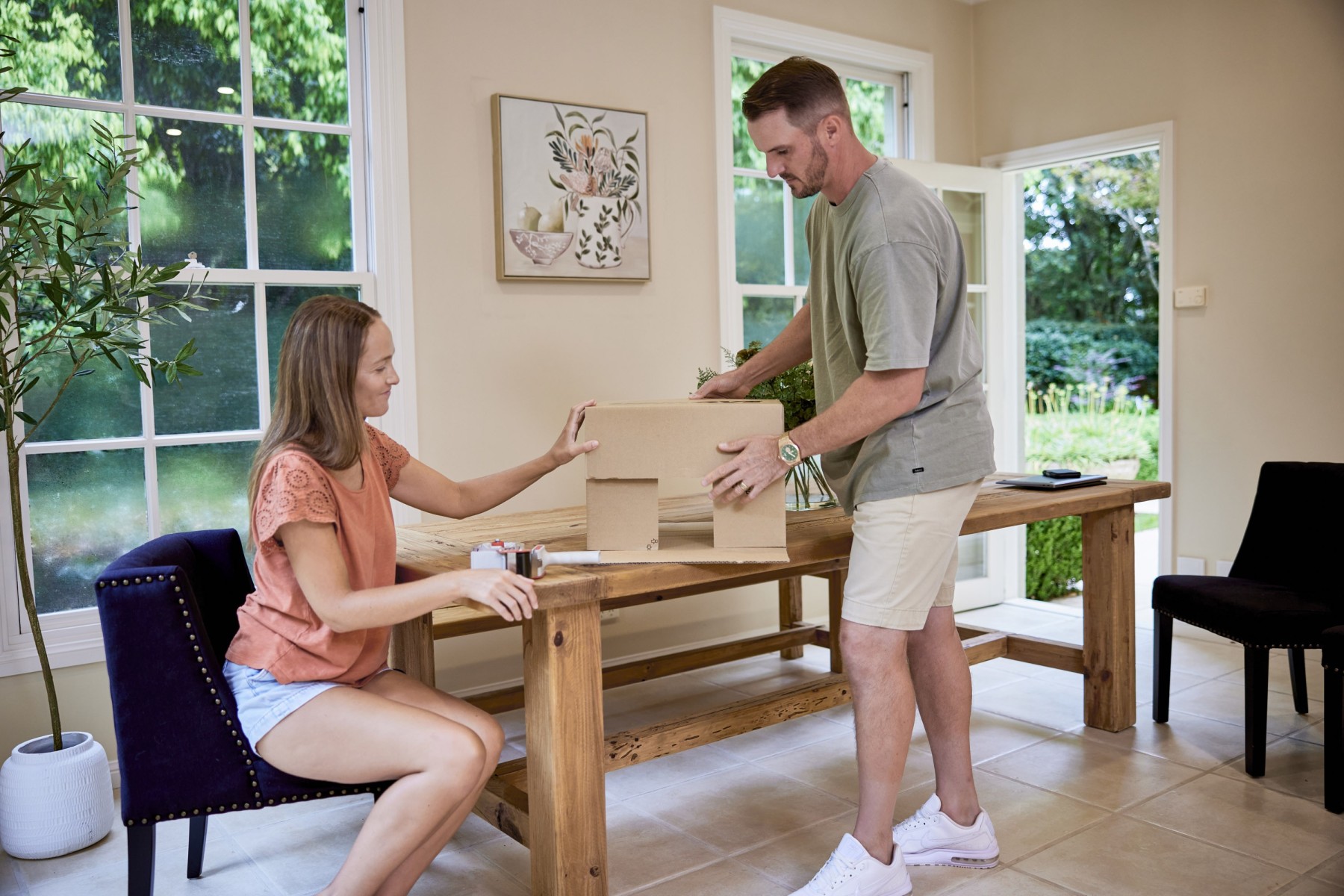 That said, boxes definitely haven’t lost their place. They’re still the go-to option for anything fragile, stackable or heavy-duty. Here’s why:
That said, boxes definitely haven’t lost their place. They’re still the go-to option for anything fragile, stackable or heavy-duty. Here’s why:
- They stack well: You can build neat towers in the truck or storage unit without crushing the contents.
- Protective shape: Rigid sides mean your breakables are better protected, especially with cushioning inside.
- Easier to label and organise: You can write directly on the box (or label it), which helps during unpacking.
- More accepted by movers: Many professional moving companies prefer boxes for truck-loading because they’re predictable in size and shape.
How to use moving bags the right way
Moving bags can be seriously useful - if you know how to use them properly. Here’s how to get the most out of them:
Pack soft or lightweight items
Bags are perfect for anything that doesn’t need rigid protection. Clothes, linen, towels, soft toys, shoes, even extra cushions—they all fit nicely and don’t require padding or wrapping as fragile items do.
Don’t overload them
Yes, they can hold a lot—but just because you can zip it up doesn’t mean you should. Overstuffing can strain the zips and handles, especially with cheaper bags. Stick to soft, light things and leave heavy or sharp items for the boxes.
Use them for awkward shapes
Not everything fits neatly into a cube. If you’ve got items like lampshades, scatter cushions, oddly shaped decor or stuffed animals, bags give you the flexibility to pack them without forcing them into a square box they clearly don’t belong in.
Group similar items together
It’s tempting to use bags as a catch-all for leftovers, but you’ll thank yourself later if you pack with a bit of order. Keep similar items together - like all shoes in one, or all winter clothes in another - so unpacking isn’t a total mystery.
Label them properly
Unlike boxes, you can’t write directly on most bags. Use luggage tags, masking tape or sticky labels to note what’s inside or which room it’s for. Otherwise, you’ll be digging through three bags before you find your spare towels.
Store them properly after use
One of the best things about moving bags is they don’t take up much space once the move is over. Fold them flat and stash them somewhere dry. They’re great for travel, off-season clothing storage, or the next time you move.
How to use moving boxes the right way
Boxes are incredibly useful when packed strategically. Here’s how to make the most of them:
Reinforce the base
Make sure the bottom of your boxes is secure. Use high-quality packing tape to reinforce the base, so you don’t risk it collapsing mid-lift.
Label everything clearly
Unlike bags, boxes are easy to mark up. Use a permanent marker to write what’s inside and which room it belongs in. This will save you a lot of time when you’re unpacking.
For larger or multi-day moves, having a clear system like colour-coding or room-based sorting can make a huge difference. You might also want to check out this moving house checklist to help plan the packing order.
Distribute weight evenly
Avoid creating one heavy box that’s a nightmare to carry. Balance the weight between boxes, keeping them manageable so you can lift them safely and stack them easily.
Either way, using proper lifting techniques is important—Safe Work Australia outlines how to lift and perform manual tasks safely, especially during physically demanding tasks like moving house.
Use smaller boxes for heavy items
Books, kitchenware, and other dense items are best packed in smaller boxes. They may be heavy, but the smaller size will make them easier to carry without straining your back.
What to pack in moving bags vs moving boxes
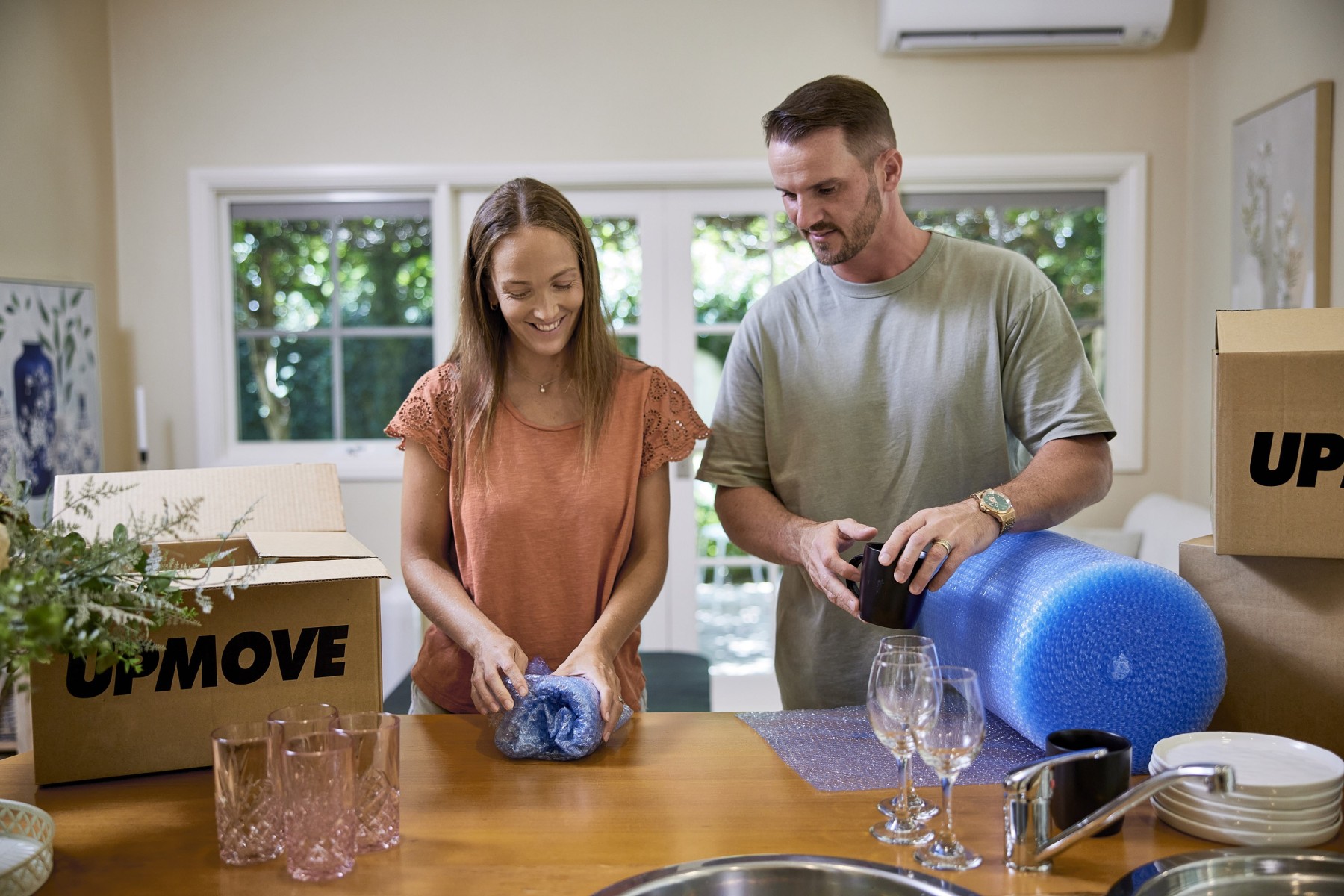
Here’s a quick reference table comparing which container is better for common household items:
| Household Item | Better Option | Why |
| Clothes | Moving bag | Lightweight and don’t need rigid protection |
| Bedding & pillows | Moving bag | Bulky but soft - bags mould to shape |
| Books | Moving box | Heavy- boxes provide more support and easier stacking |
| Kitchenware (plates, etc.) | Moving box | Fragile- boxes offer better protection and padding room |
| Shoes | Moving bag | Not easily breakable- can be grouped loosely |
| Electronics | Moving box | Need rigid, stable packing with padding |
| Towels | Moving bag | Soft and squishable - perfect for bags |
| Pantry items | Moving box | Stackable and often in glass- boxes reduce breakage risk |
| Toys (soft) | Moving bag | Flexible and lightweight |
| Toys (hard/plastic) | Moving box | Box helps prevent damage and keeps shapes in place |
| Cleaning products | Moving box | Upright and stable- prevents spills or leaks |
| Documents and files | Moving box | Need to stay flat and organised |
| Small appliances | Moving box | Safer transport in structured boxes |
| Odd-shaped items | Moving box | Flexible bag shape is more forgiving |
Tip: If you’re moving items like bleach or ammonia, it’s worth reviewing chemical safety tips from the NSW EPA to avoid hazards during transit.
Where to get moving bags and boxes in Australia
- Moving bags: You can buy these online through retailers like Kmart, IKEA, Amazon, or in hardware stores like Bunnings. Look for ones with reinforced handles and double zippers.
- Boxes: Try local removalist companies (like those on Upmove), storage facilities, or packing supply stores. Many offer bundle deals and delivery.
Bonus tip: Some Upmove movers may provide boxes or reusable crates as part of their service, so it’s worth checking before you buy your own.
Final thoughts on moving bags vs boxes
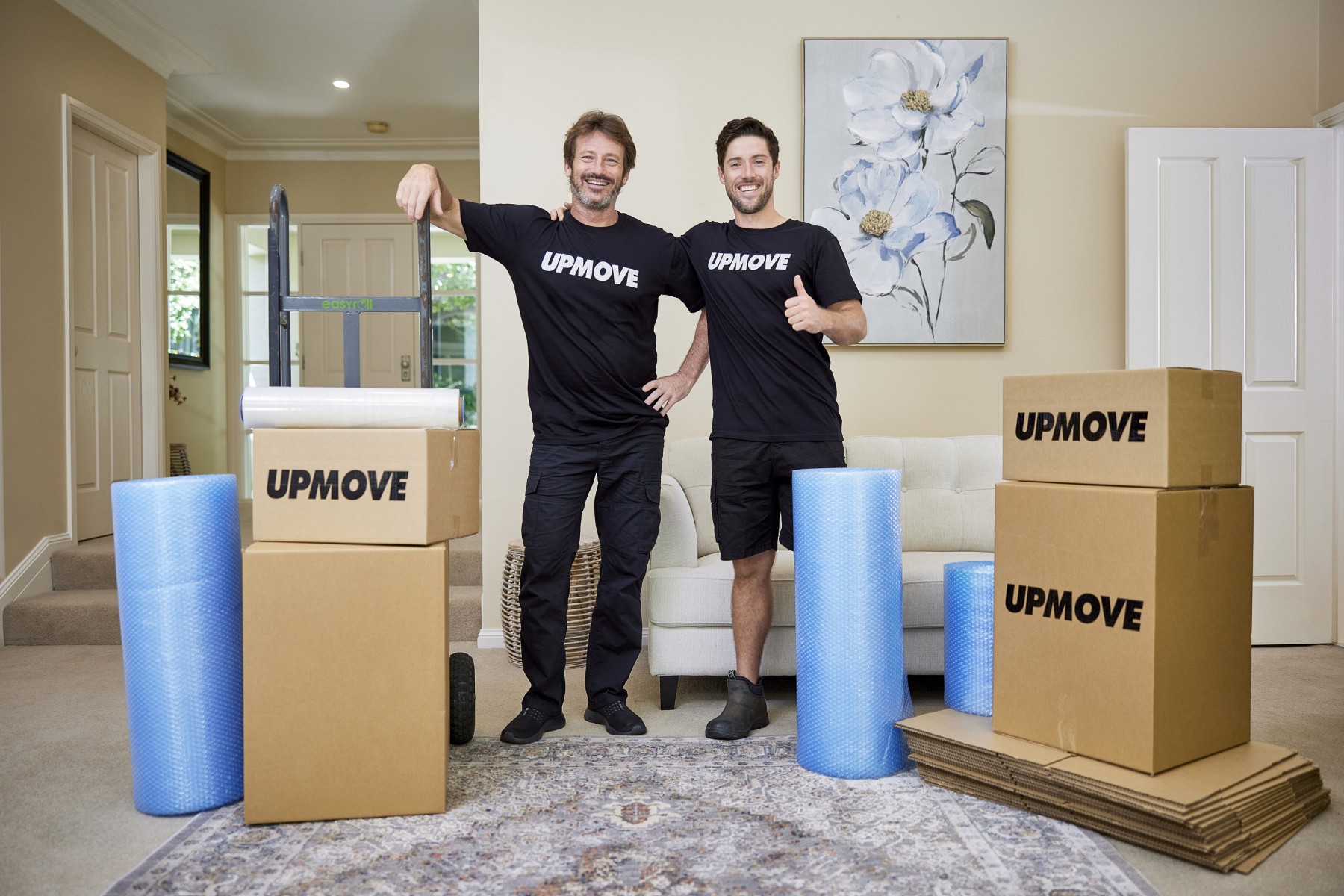
Moving bags are a smart addition to your packing toolkit, especially for soft or awkwardly shaped items. But they’re not a replacement for the humble moving box, which still wins when it comes to structure and protection. Use both strategically, and your move will be smoother, quicker and a lot less painful on your back.
If you’re after a local mover who knows their boxes from their bags, compare quotes and book local removalists on Upmove for a mover who knows how to handle every bag and box with care.
What do our customers say?


